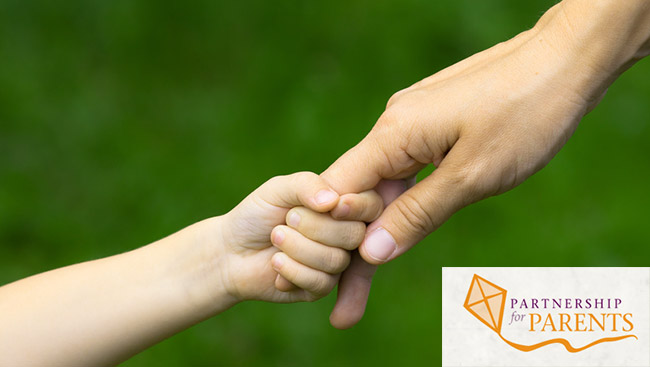Helping When Your Child is in Pain
"I cannot bear to see my child in pain, and I feel so helpless. What can I do to support her? How can I support her and not fall apart myself?”
As a parent, you want to protect you children from everything that can harm them. You teach them not to talk to strangers. You make them look both ways before they cross the street. But sometimes there are unfortunate things that you, as parent, cannot keep your child from experiencing. Unfortunately, chronic pain is something that many children endure.
Illnesses that involve chronic pain affect children around the world. As a parent, you may feel helpless to support your child through pain flare-ups. You wish you could kiss the pain away, and make it all better. Although that may not be possible, there are some things that you can do to help your child get through painful episodes.
Distraction
This is a commonly used strategy that can help a child get through a painful episode. The type of distraction you would use depends upon your child’s interests. If your child likes music, art, reading, television, talking on the telephone, or other activities, then you could encourage your child to practice these activities during painful episodes. The ability of the mind to focus on an activity rather than on pain is powerful. The same distraction technique may not work all of the time, and it is okay to try different techniques with your child, until there is one that your child enjoys and is willing to participate in.
Massage
During some periods of pain, massaging the area of the body that is affected can help ease the discomfort. There are some massage techniques that can be used by the parent and the child that can help relieve pain. These techniques can be taught to the parent by a trained massage therapist, so that massages can be done at home. Some hospitals have massage therapists on staff who can teach parents how to effectively massage children at home. Check with your local medical facility to see if this service is offered.
Heat
First check with child health care provider and confirm that using heat would be okay to try with your child. Applying a heat source such as a heating pad to the part of the body that is in pain can be beneficial to the child. Every child is different, as is every situation – some children may not like this technique, whereas other children will find relief from it. Heat can be applied using a heat pack, warm bath, or a whirlpool which has the added benefit of the water moving and providing a stimulation that is similar to a light massage.
Relaxation Techniques
There are a number of relaxation techniques that can be used to help children manage their pain. Guided imagery, progressive muscle relaxation, and music therapy are some examples of relaxation techniques that can assist a child with pain management. These techniques can be taught to the family by trained professionals. Check with your medical center to see if these services are offered.
Therapy
Unfortunately, a child suffering from chronic pain may also experience both physical and emotional stress. If a child has a painful disease, the child can become afraid of experiencing pain and discomfort. For some children, the repeated cycle of experiencing pain can lead to anxiety and depression.
A child may not want to participate in some activities that they used to enjoy because they are afraid that they will experience pain and will not be able to enjoy the activity. Sometimes, a child may feel anxious about leaving a medical facility because they fear that they will experience pain, and not be near medical personnel who can help the child during the pain episode. This anxiety is not only seen in the children; parents can also share the same feelings. This anxiety may cause the parent or child to limit the child’s activities and take away from the child’s quality of life. If a child sees a parent getting anxious and becomes anxious, the parent may inadvertently reinforce the child’s feelings of anxiety. Therapy can help a family through such emotionally stressful times.
Therapists can help families learn coping skills that encourage focusing more on the child and less on the illness. This could lead to improvements in the child’s quality of life.
Medication Management
If your child receives treatment at a hospital, the hospital’s medical staff will consider possible treatments that are available to your child. Depending on the diagnosis, there could be many avenues of treatment to explore. In other cases, there may be precious few alternatives to treat your child’s illness. Whatever the case may be, as a parent, discuss any questions you may have with the medical team that treats your child. Do not be afraid to ask questions for fear of it being perceived as a “stupid” question. Or if you have asked the question already, but did not understand the answer, ask again, until you have an answer that you understand.
Regarding pain medicine prescribed for your child, some medications may be given while the child is in the hospital, and some may have to be administered at home. A parent should know the proper dose of medications, and the number of times the child would need to take it. If your child is old enough, begin teaching your child about their medications – the dosage and purpose of the medication, etc.
Also, If you child has any allergies, make sure your child has those memorized! Being knowledgeable about your child’s medications is a key component of pain management. Knowing which medications work best for your child and any adverse effects that medications may have caused will help the medical staff determine the best treatment plan for you child.
Article submitted by Natalie S. Robinson MSW, LSW from the National Association of Social Workers
